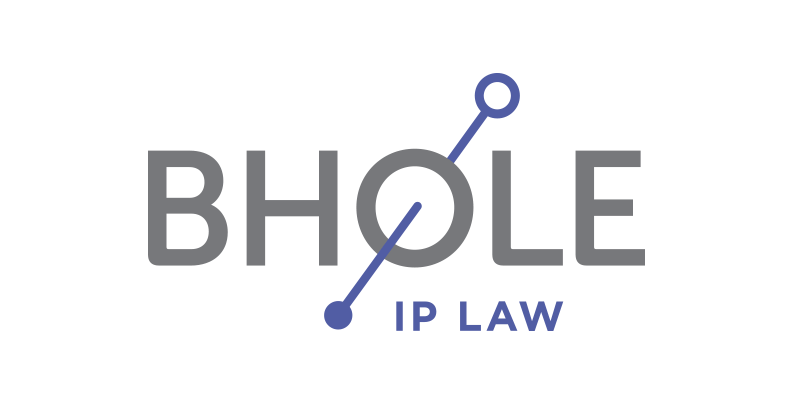Copyrights are an essential tool to protect an original piece of work. Toronto is home to many prominent content creators for media, arts, music and technology. Copyright is importantly used to protect use and distribution of the creative works generated by such content creators. Copyright can also be used to protect some forms of technology, such as: computer programs, sound recordings and communications, performances, and others.
Difference Between Copyright and Patents
In Canada, copyright can be distinguished from a patent because copyright only protects the original expression of ideas and not the underlying ideas themselves like in patents. The expression of ideas can include a physical work, such as a book or movie, or a performance, such as dramatic performance or musical performance. In contrast, patents provide exclusive rights over an idea relating to a new invention and are generally related to protecting new and inventive systems, apparatuses, processes, and compositions of matter.
Benefits
Copyright is an important tool for Canadian content creators because it helps businesses, artists, and collectives claim rights over and protect their works. Copyright professionals can also help individuals and companies navigate the market in order to avoid infringing on other party’s copyrighted works.
In Canada, while copyright is generated automatically upon the creation of original literary, dramatic, musical and artistic work, Copyright can also be registered with the Copyright Office. Once copyright is registered, a certificate of registration of copyright is provided that provides evidence that copyright exists and that the person registered is the owner of the copyright.
The central concept of copyright is to provide a lifetime of protection for works and subject-matter that translate across numerous sectors. Generally, in Canada, copyright lasts for the life of the author, the remainder of the calendar year in which the author dies, and for 50 years following the end of that calendar year.
What Exactly Can a Copyright Protect?
Copyright can be applied to all original works provided that it meets the conditions outlined by the Canadian Copyright Act. As an example, copyright can be used to protect:
- Text-based materials (such as books, materials, pamphlets and computer programs and instructions)
- Dramatic works (motion picture films, screenplays, scripts and playwriting works)
- Music compositions with or without words
- Artistic works (visual art, photography, sculpture, maps, charts, engraving and plans).
Furthermore, copyright can extend to protect the performance of artistic, dramatic or musical works including recitations or readings of literary work, improvisation of existing works related to any artistic field, sound recordings (excluding soundtracks for cinematographic work) and communication signals.
Copyright Infringement
Copyright gives its owner the sole right to produce or reproduce their work or any substantial part thereof. Copyright is infringed where an unauthorized copy is made of their work or a substantial part thereof. A finding of infringement gives the owners grounds to stop the infringement and gain compensation for the acts of infringement.
Infringement includes a number of prohibited acts with respect to the copyrighted works. As some examples: producing, reproducing, performing or publishing the work; in the case of any literary, dramatic, musical or artistic work, reproducing, adapting and publicly presenting the work as a cinematographic work; in the case of a literary, dramatic or musical work, making any sound recording, cinematograph film that may be mechanically reproduced or performed; amongst others.
It is also considered infringement of copyright to communicate any literary, dramatic, musical or artistic work through telecommunication signals.
Exemptions to Infringement
The Copyright Act excludes certain acts from being considered infringement of copyright due to being considered “fair dealing.” Fair dealing includes, for example:
- Fair dealing for the purpose of research, private study, education, parody or satire;
- Fair dealing for the purpose of criticism or review if the source is attributed; and
- Fair dealing for the purpose of news reporting if the source is attributed.
It should be noted, that fair dealing may not be available where the copyright infringement involved circumventing technological locks and/or digital rights management.
What We Do
Working with professional IP lawyers for a copyright matter can provide you with invaluable advice and strategy on how to best proceed. Our team is made up of talented lawyers who are well versed in copyright in Canada. Read about the industries we work in to learn more.
Please sign up to our mailing list to receive news and event information.
BHOLE IP LAW is a boutique IP firm located in downtown Toronto, Canada, and practices in all areas of IP, including developing business-minded patent strategies for startups, small and medium-sized businesses. BHOLE IP LAW provides competitive fees and, importantly, takes pride in its responsive and advisory approach.
**The information provided herein is a general background of intellectual property law concepts, does not constitute legal advice, and should not be relied upon as legal advice. Bhole IP Law, and the author, make no express or implied representations or warranties in respect of the information, including but not limited to the accuracy of the information. Note that while Bhole IP Law is a firm of Canadian lawyers authorized to practice before the United States Patent and Trademark Office, we are not U.S. lawyers nor lawyers in any other jurisdiction. As such, other foreign counsel may need to be consulted for U.S. or foreign legal matters.**

